Technical Tips
Having manufactured and supplied secondary antibodies and related reagents for over 40 years, we know the best practices to employ, as well as the pitfalls to be avoided in their use. In these articles we offer the benefit of our experience with useful and practical advice.
Posts
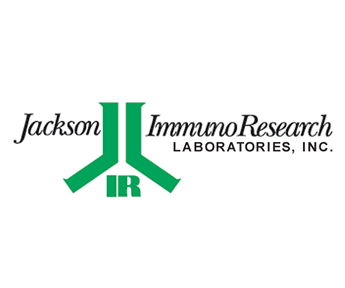
Autofluorescence
Autofluorescence can present challenges for techniques such as immunohistochemistry (IHC), immunocytochemistry (ICC), and flow cytometry, …Read More »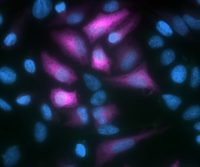
Why use a particular Antibody format?
Here, we discuss the differences between the different antibody formats available, including H+L, F(ab′)2, Fab, …Read More »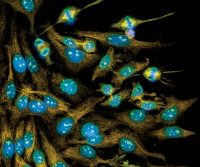
Imaging with Jackson ImmunoResearch Secondary Antibodies
Imaging using immunostaining is a commonly used technique that can elucidate many details about how …Read More »
Selecting a Secondary Antibody for Bead-Based Applications
Many different bead-based applications have been developed for detecting and purifying biomolecules. Secondary antibodies have …Read More »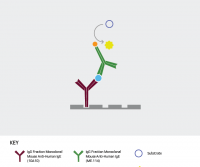
Tips for Selecting the Right Secondary Antibody
Secondary antibodies offer many advantages for scientific research. These include increased assay sensitivity, owing to …Read More »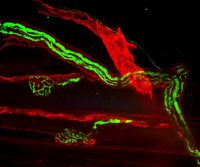
Far-Red and Near Infrared Dyes
Antibodies labeled with fluorescent dyes are essential tools for a broad range of research techniques, …Read More »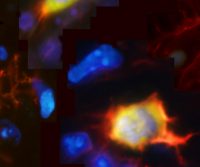
An Introduction to Spatial Biology
Spatial biology is a rapidly evolving field of research that puts cellular information into its …Read More »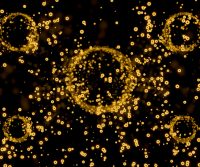
Selecting the Right Fluorescently-Labeled Secondary Antibody for Spatial Proteomics
Conventional IHC, CycIF, and t-CyCIF can all be performed using fluorescently labeled secondary antibodies, provided …Read More »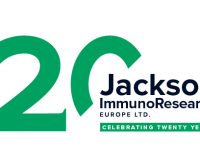
abberior Flux dyes and JIR AffiniPure-VHH™ antibodies
Indirect immunofluorescence staining is a pivotal method for biomolecule labeling, yet its efficacy for super …Read More »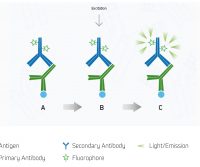
Secondary detection: Indirect detection set-up
Secondary detection, also known as indirect detection, has two important advantages over direct detection. These …Read More »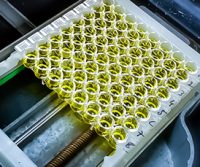
Top 10 Tips for ELISA
Enzyme-linked immunosorbent assay (ELISA) remains one of the most popular immunoassay techniques due to its …Read More »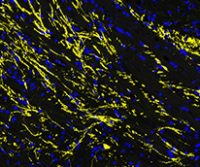
Considerations for Multiplex Immunofluorescence
A major advantage of fluorescent detection is that it allows for multiplexing. Depending on the …Read More »
Tissue Clearing Techniques
The term ‘tissue clearing’ describes a collection of techniques used for making large, fixed biological …Read More »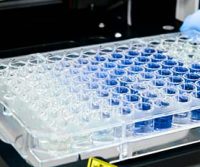
Assay Setup: Sandwich ELISA for Allergy
ELISA is a widely used technique for detecting and quantifying one or more specific proteins …Read More »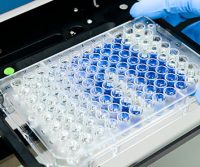
ELISA Guide; Part 4: Troubleshooting
Overview No Signal or Weak Signal High Background Poor Reproducibility Between Plates Poor Reproducibility Between …Read More »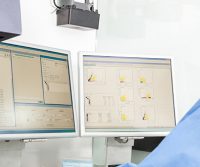
AffiniPure-VHH® secondary antibodies for flow cytometry
Flow cytometry is a technique used to analyze individual cells in suspension. It uses a …Read More »
ELISA Guide; Part 3: ELISA Optimization
Overview Optimization Controls and Standards Validation Spike and Recovery Dilutional Linearity Parallelism Data Analysis Optimization …Read More »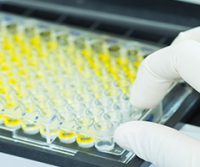
NEW: 4 part ELISA Guide

An Introduction to Surface Plasmon Resonance
Surface Plasmon Resonance (SPR) is a label-free optical biosensing technique that allows researchers to measure …Read More »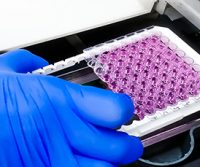
ELISA Guide; Part 2: The ELISA Protocol
Overview Key Stages in the ELISA Protocol Capture Sample Preparation Analyte-Specific Antibody Considerations Secondary Antibody …Read More »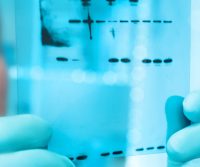
Western Blotting Guide

ELISA Guide; Part 1: Introduction to ELISA, Formats and Signal Amplification
Introduction to ELISA Enzyme-linked immunosorbent assay (ELISA) was first described in 1971 when it was …Read More »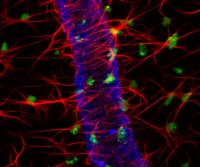
An Introduction to Expansion Microscopy
Expansion microscopy is a relatively new imaging technique that was developed to improve the resolution …Read More »
Detecting ScFVs – Considerations for optimal detection
Single chain variable fragments (scFvs) are commonly used in CAR-T (chimeric antigen receptor T-Cell) cell …Read More »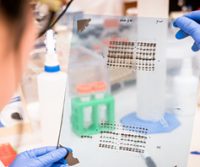
Western blotting guide: Part 8, Visualization
Visualization of the target proteins is the object of a western blot. There are a …Read More »
Vial fill size, protein concentration, and reconstitution volumes
We are sometimes asked about the discrepancy between the protein concentration recorded, the recommended volume …Read More »
Troubleshooting: Using Anti-Light Chain Antibodies after Immunoprecipitation
Anti-light chain antibodies are commonly used for Western blotting (WB) after Immunoprecipitation (IP) when detecting …Read More »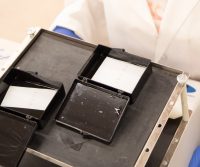
Western blotting guide: Part 7, Membrane Washing
Washing removes unbound or aggregated proteins present on the blot as well as unbound reagents …Read More »
Western blotting guide: Part 6, Secondary Antibodies
The secondary antibody detects the primary antibody, typically conjugated to a reporter molecule it enables …Read More »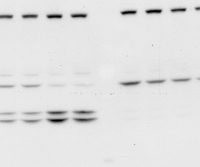
Western blotting guide: Part 5, Primary Antibodies
Primary antibodies are used to detect the protein of interest. Part 5 of the Western …Read More »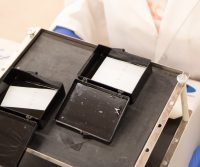
Western blotting guide: Part 4, Membrane blocking
Blocking is essential to prevent non-specific interactions between the transferred proteins, the membrane and the …Read More »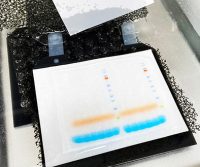
Western blotting guide: Part 3, Electroblotting – Protein Transfer
Electrophoresis allows the proteins separated by SDS-PAGE to be transfered from the gel onto a …Read More »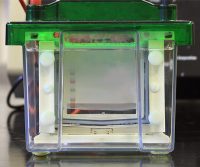
Western blotting guide: Part 2, Protein separation by SDS-PAGE
Once prepared, the sample proteins are separated by PAGE (polyacrylamide gel electrophoresis), which may be …Read More »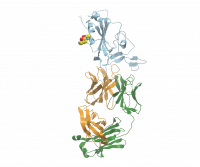
Affinity Vs Avidity
Affinity and avidity are terms used to describe the strength of the bond between an …Read More »
Western blotting guide: Part 1, Introduction and Sample Preparation
In 1979, Towbin et al. first detailed the process of immunoblotting – the separation of …Read More »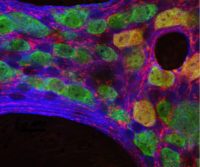
Immunoglossary
Antibodies are such critical reagents for scientific research that a unique language has been coined …Read More »
Ten Top Tips for Multiple Labeling
. Multiplexed immunoassays offer many advantages. These include more data points per sample, higher throughput, …Read More »
High-Affinity Nanobodies: Potential Therapeutics for SARS-CoV-2
Of the seven types of coronavirus known to infect humans, severe acute respiratory syndrome coronavirus …Read More »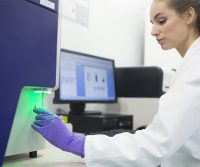
Ten Top Tips for Flow Cytometry
Flow cytometry is a technique for analyzing individual cells in suspension. It uses a stream …Read More »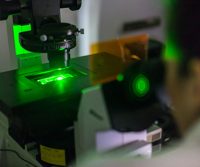
Antibodies – From Immune Weapons to Essential Tools for Research
Antibodies are complex proteins produced by B-cells during the adaptive immune response. They recognize and …Read More »
Selecting Fluorophores for Antibody-based Research
Fluorophores are essential tools for scientific research. They are widely used for immunoassay techniques such …Read More »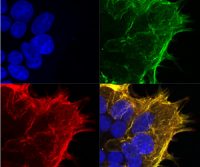
Optimize Nanobody Development
Are you one of the many labs working to develop VHH antibodies (nanobodies)? Our COO …Read More »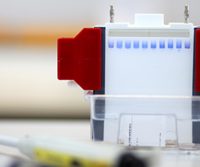
Western blotting – 10 tips for better blots
Western blotting is a technique used to confirm the presence of target proteins and peptides …Read More »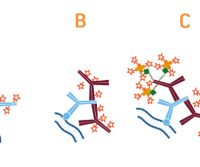
An Introduction to Secondary Antibodies
Antibodies are invaluable to scientific research, diagnostics, and therapeutics. These simple yet powerful scientific tools …Read More »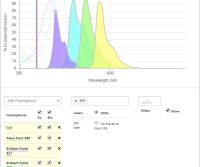
Fluorophore selection and panel building – Spectra Viewer
Fluorescent probes or fluorophores (fluorescent dyes or proteins) are coupled to a secondary antibody or …Read More »
Solutions for Species on Species Experiments
When using primary antibodies derived from the same species as the sample material (species on …Read More »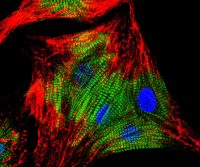
Cross-adsorbed secondary antibodies and cross-reactivity
Immunoglobulins from different species share similar structures. Secondary antibodies raised against one species are likely …Read More »
A guide to selecting control and blocking reagents.
Experimental protocols using immunotechniques can often be improved through the optimal use of blocking reagents, diluents, and …Read More »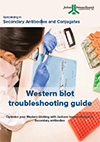
Western blot troubleshooting guide!
Western blotting is a staple technique of the molecular biology lab. The robust nature of …Read More »


